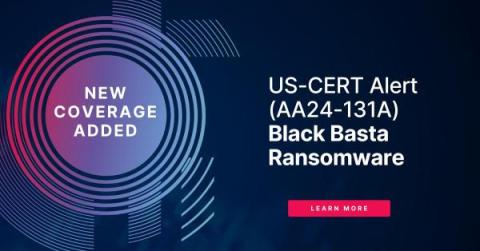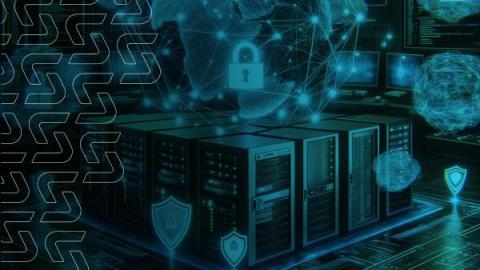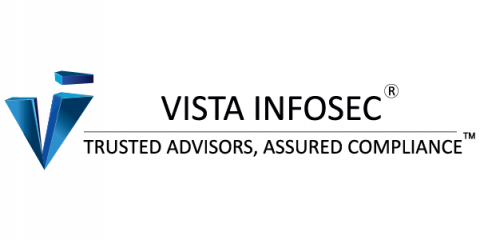SafeBreach Coverage for AA24-131A (Black Basta Ransomware)
On May10th, Federal Bureau of Investigation (FBI), Cybersecurity and Infrastructure Security Agency (CISA), Department of Health and Human Services (HHS), and Multi-State Information Sharing and Analysis Center (MS-ISAC) issued an urgent advisory about malicious threat activity involving the Black Basta ransomware variant. Detailed information about these threats and the associated IOCs and TTPs can be seen on #StopRansomware: Black Basta.











